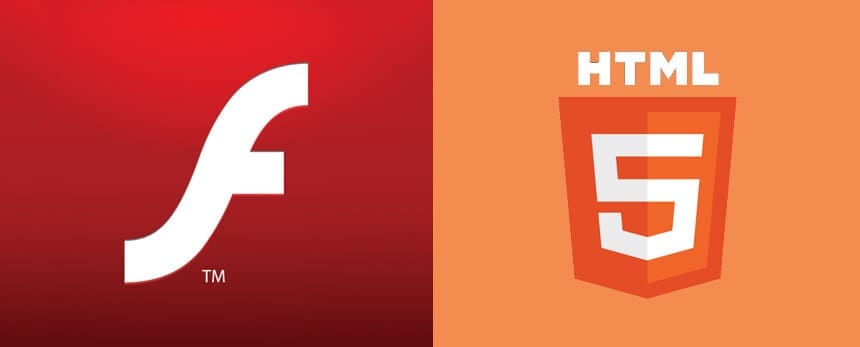
Unleash the true value of your data with our center of excellence, Proove Intelligence.

This post first appeared on the DAC Blog and was written by Patricia Whitney.
Ready or not, here it comes. Various groups in the digital community have been trying to say goodbye to Flash advertising for a long time. Flash ads have given us so much: rich, interactive brand experiences online, entertaining videos and games, and yes, even unwanted virus attacks. After hearing countless rumours about the Death of Flash, has the much-anticipated moment finally arrived? In early September 2015, we expect to see a number of web browsers and publishers contribute to the slow death of Flash across their properties. 
One of the more well-known events took place in April 2010 when Steve Jobs expressed his Thoughts on Flash, outlining why Apple does not allow Flash on iPhones, iPods and iPads. Earlier this year, Google announced that they would automatically convert eligible Flash campaigns in AdWords to HTML5 to “make it easier for marketers to deliver beautiful display ads that just work – regardless of screen or device – ensuring a better experience for both consumers and brands.” In June 2015, Google further announced that they would be launching an update to Chrome to “intelligently pause content (like Flash animation) that aren’t central to a webpage” providing a power-efficient web experience for consumers. Following this,Mozilla Firefox temporarily blocked Flash by default as a pre-emptive security measure after multiple vulnerabilities were exposed in early July 2015. Which brings us to the more recent event: the latest malvertising attack that abused Yahoo!’s ad network last week (if you want to learn more about how the attack happened, here’s an informative interview with Malwarebytes’ Jermore Segura).
With these in mind, it’s easy to see the benefits of converting from Flash creative to HTML5: • HTML5 creative is less resource intensive, requiring less power to run and resulting in longer-lasting laptop and device battery power • Increased usage of HTML5 ads can result in a decrease in malware attacks via Flash ads (although we shouldn’t rule out all attacks by eliminating Flash, hackers will continue to find alternatives) • Advertisers will be able to continue delivering rich brand experiences online; static banners will not be the sole creative option • HTML5 creative will cater to the growing population of HTML5 adopters on both desktop and mobile devices:
Subscribe to our monthly newsletter.  How is the industry responding? Publishers In speaking with a number of major publishers, we’ve heard overwhelming HTML5-supportive responses: • GOOGLE As one would expect, Google has been actively preparing for this movement. They have launched Google Web Designer to assist advertisers, designers and developers in their transition to HTML5 creative development. Google has also developed a Rich Media Gallery
How is the industry responding? Publishers In speaking with a number of major publishers, we’ve heard overwhelming HTML5-supportive responses: • GOOGLE As one would expect, Google has been actively preparing for this movement. They have launched Google Web Designer to assist advertisers, designers and developers in their transition to HTML5 creative development. Google has also developed a Rich Media Gallery
Stay Forward
Unleash the true value of your data with our center of excellence, Proove Intelligence.
Unleash the true value of your data with our center of excellence, Proove Intelligence.
Unleash the true value of your data with our center of excellence, Proove Intelligence.
Subscribe to our monthly newsletter.